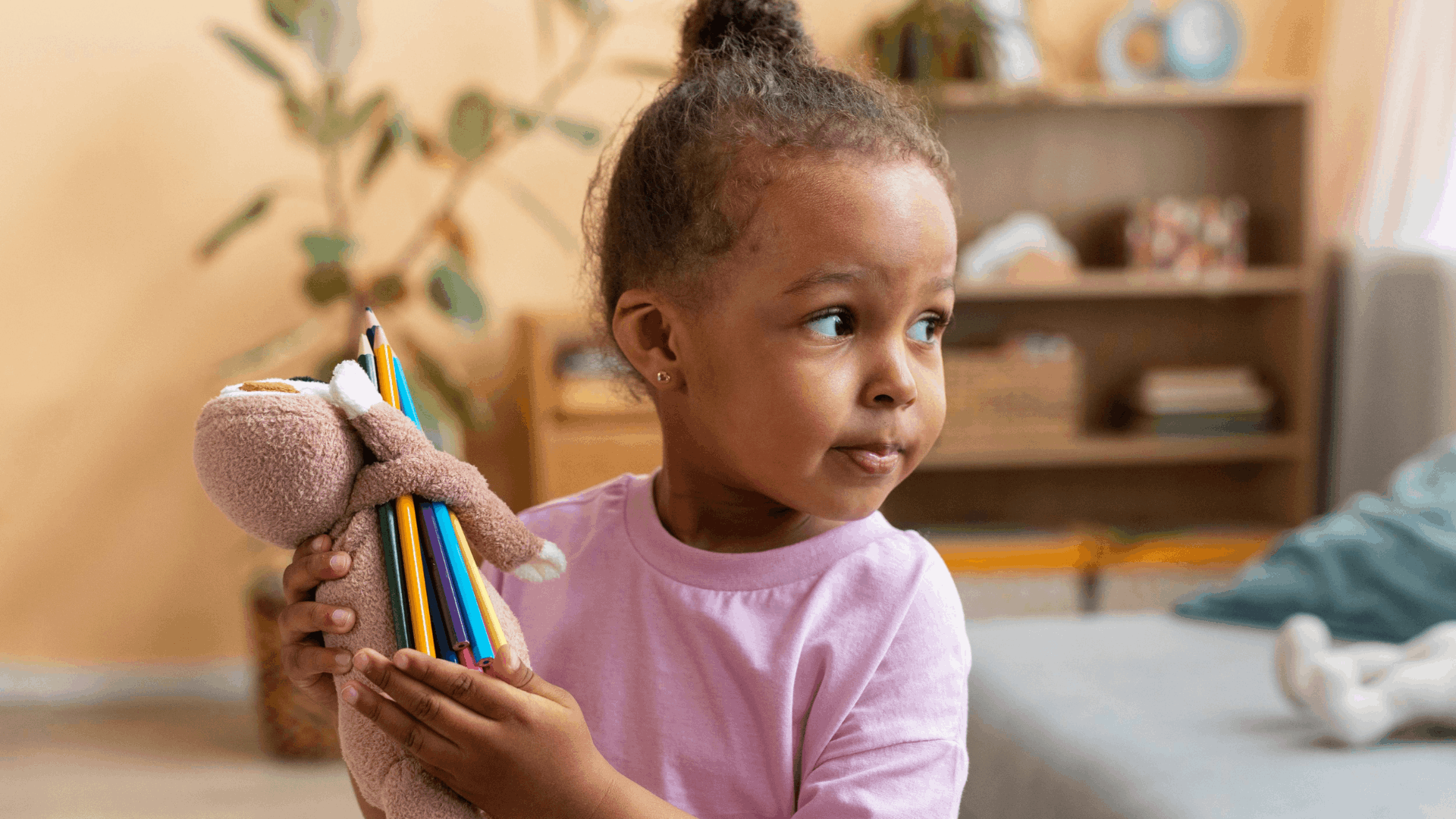From Experience: The Deeper Impact of Learning by Doing
Have you ever noticed how the lessons that stick with us the most are those we’ve learned through direct experience? There’s an undeniable magic in “learning by doing” that textbooks simply can’t capture. In the 2hr Learning environment, where every minute counts, integrating experiential learning is a game changer. Here’s why:
Better Conceptual Retention: Experiential learning anchors knowledge not just in memory but in experience, making it more retrievable and applicable. It’s simple—when you do something more, you remember it more. When students engage actively, they form personal connections to the material, which helps solidify it in their minds and embed concepts into contexts that students can relate to and recall when faced with dilemmas.
Critical Thinking: When you’re thrown into the action, you’ve got to think on your feet. Experiential learning puts students in situations where the answers aren’t clear-cut, boosting their problem-solving chops. They must navigate ambiguity and complexity. Here, critical thinking isn’t an abstract skill but a necessary tool for solving problems. Students learn to evaluate information, make decisions, and innovate solutions, thereby not only understanding their lessons but also preparing to apply these skills in unpredictable real-world situations.
Higher Adaptability: Life throws curveballs. Experiential learning trains you to catch them. In a world that values flexibility, the ability to adapt to new environments and challenges is crucial. Experiential learning teaches students to expect the unexpected and adapt their strategies in real time. This adaptability is cultivated through tasks that have dynamic outcomes, thus preparing students for the fluidity of modern workplaces and life scenarios.
Deep Understanding: By dealing with real-world applications, students move beyond superficial knowledge to a deeper understanding of how concepts work in practice. This depth comes from engaging with complex problems and integrating different pieces of knowledge to find solutions. Transforming theoretical knowledge into practical wisdom = long-lasting knowledge.
Increased Engagement: Let’s face it, learning can be dull if it doesn’t feel relevant. Engagement is about capturing the heart, not just the mind. When students are physically, intellectually, emotionally, and socially engaged, learning becomes more relevant and interesting. This engagement is heightened in experiential learning as students see the direct impact and relevance of their studies, driving a deeper interest and commitment to learning.
Confidence Building: Nothing builds confidence like seeing the results of your own efforts and knowing that you can fail yet try again. This empowerment builds self-esteem and confidence as students see the results of their efforts firsthand. Each success and attempt, big or small, reinforces their belief in their abilities, encouraging them to take on more challenges.
Practical Skill Application: There’s no dearth of information in today’s world, but have you ever learned something and then immediately forgotten it? That’s less likely with experiential learning, where you apply what you learn as you go. This application is crucial for validating and reinforcing their understanding, making education not just a mandatory exercise but a glimpse into real-world professions and situations. The transition from knowing to doing is critical in modern education: learning with training wheels off is the way to progress.
Collaborative Growth: Teamwork is essential in most professional and personal contexts today. Many experiential learning projects are all about teamwork, which is how the real world works too. You learn to collaborate, communicate, and, sometimes, compromise to make things happen. This teaches students to navigate interpersonal relations, leverage diverse strengths, and achieve common goals through cooperation.
Resilience & Grit: The process of trial and error in experiential learning is invaluable for teaching grit. If at first, you don’t succeed, it teaches you to try again. This resilience becomes a key asset as students learn that overcoming obstacles is a normal and enriching part of achieving success. Every setback is a setup for a comeback!
Personal Development: Reflective practice is integral to experiential learning, encouraging students to think critically about their own roles and growth. Students understand their personal values, identify their strengths and weaknesses, and plan their personal and professional growth. It fosters a heightened self-awareness and excitement towards personal development.
In embracing experiential learning, the 2hr Learning model doesn’t just teach students; it transforms them into proactive, knowledgeable, and resilient individuals ready to thrive in complex environments. It takes educational strategies to exciting new heights, motivating students to learn while ensuring that they learn these concepts for life. If students are enthusiastic and equipped with experience, there’s nothing they cannot do.

